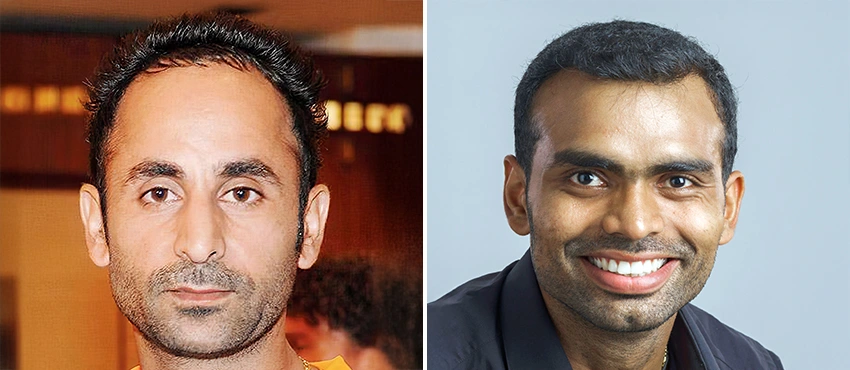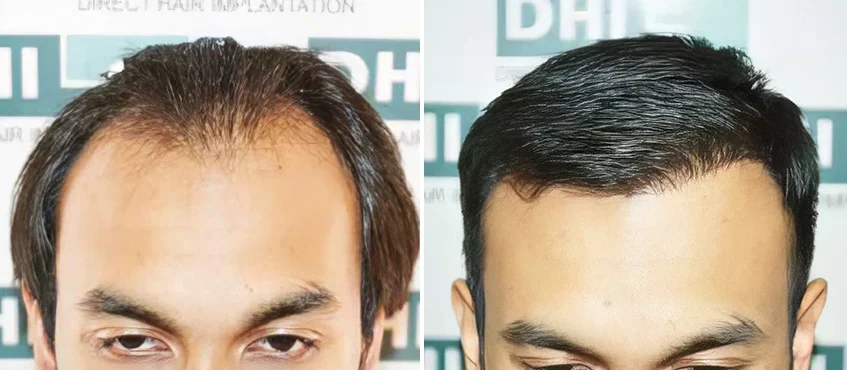Symptom
Thinning Hair

Thinning Hair
Can Thinning Hair Be Cured? An In-depth Look at DHI Hair Transplant for Permanent Hair Restoration
While many may view “thinning hair” as merely a cosmetic issue or a natural part of aging, in reality, this condition can significantly impact self-confidence and diminish quality of life in many ways. This is especially true for women, who often prioritize their appearance, whether for work, social interactions, or close relationships. Thinning hair can make many women feel insecure about their styling options, and even lead them to avoid certain social situations. If left unaddressed, thinning hair can progress to permanent hair loss, making it more challenging to restore hair to its former strength and thickness. Therefore, recognizing this issue early and choosing the right treatment, such as DHI hair transplant, or permanent hair transplant, is crucial for maintaining confidence and self-image in the long term.
Today, “hair transplant” has rapidly become a popular option, especially for those experiencing “thinning hair problems” and seeking a permanent solution. This technique stands out for its ability to provide “thinning hair problems solutions” with natural-looking results, without the need for shaving or surgery, and with minimal scarring. This makes it ideal for those who value privacy or have limited recovery time. Whether for women or men, DHI hair transplant offers a comprehensive solution in terms of both effectiveness and safety. Let’s delve deeper into what “thinning hair” actually is, its causes, and why the DHI technique is a trusted choice for confidently and sustainably overcoming this issue.
DHI Hair Transplant: A New Option for Permanent Hair Restoration
For individuals experiencing “thinning hair,” whether due to genetics, hormones, or lifestyle factors, finding an effective and convenient treatment is essential. “DHI hair transplant” has emerged as a technique that meets these needs in terms of safety, precision, and natural-looking results, especially for those seeking “permanent hair restoration” for long-term confidence.
DHI uses a specialized tool called the DHI Implanter, which allows for direct placement of new hair follicles into the desired areas without incisions, sutures, shaving, or scarring. This makes the treatment process more patient-friendly, particularly for women or those concerned about their appearance during recovery. Patients can typically resume their normal activities within a few days, making it a convenient, effective, and comprehensive solution for both cosmetic and health concerns.
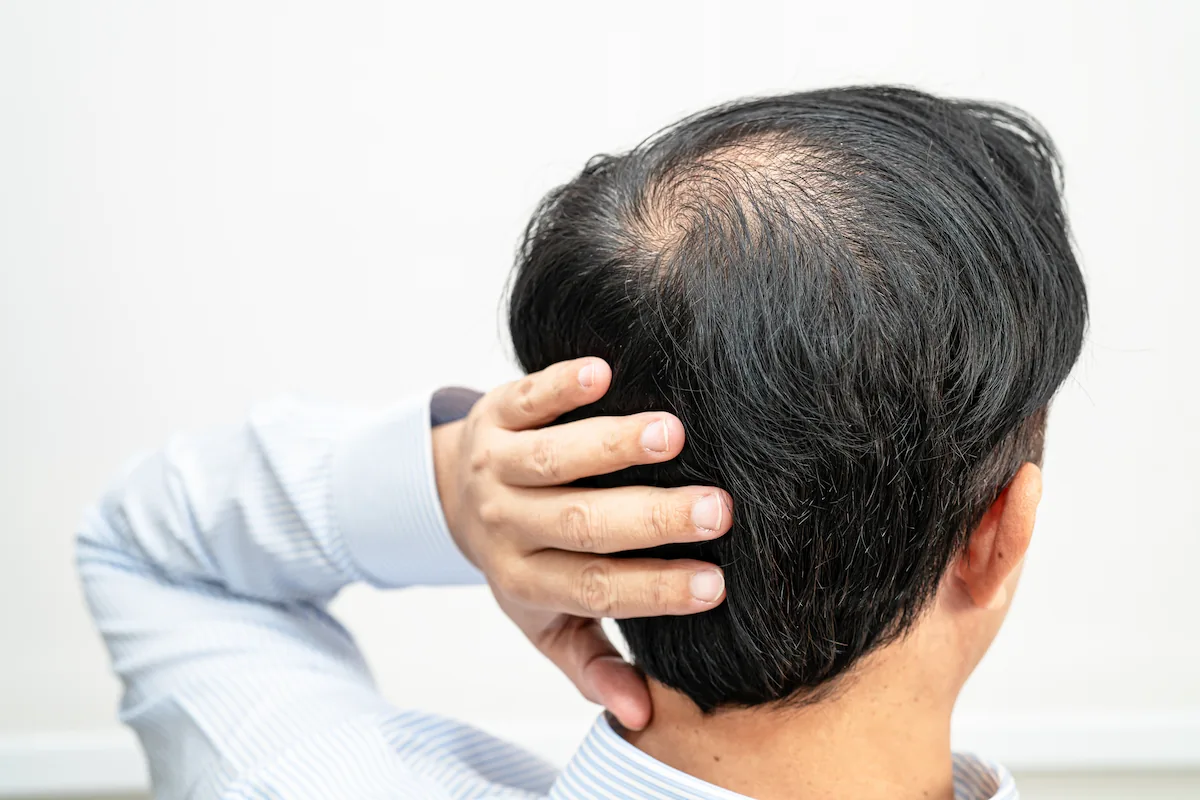

What is Thinning Hair?
“Thinning hair,” or Androgenetic Alopecia, is one of the most common forms of hair loss. It is characterized by a gradual decrease in hair density, making the scalp more visible. The primary cause is often genetic, leading to hair follicles that are sensitive to male hormones (androgens), particularly Dihydrotestosterone (DHT). This hormone accelerates the hair’s shedding phase and results in the growth of increasingly smaller and finer hairs until the follicles eventually stop producing new hair altogether.
In women, thinning hair typically occurs diffusely across the scalp, especially at the crown or along the hairline, unlike men, who often experience receding hairlines or bald patches. This can make it difficult for women to notice the condition in its early stages, often mistaking it for normal hair shedding.
However, thinning hair is classified as Non-Scarring Alopecia, meaning the hair follicles are not permanently damaged and can be stimulated to recover if diagnosed and treated appropriately from the outset. Allowing thinning hair to worsen without treatment can lead to more severe conditions that require more complex and challenging restoration methods in the future.

What are the Causes of Thinning Hair?
Although hair thinning can result from various factors, in both women and men it is often linked to complex internal changes in the body and external environmental influences that weaken hair, leading to continuous hair loss. The most common causes include:
- Genetics: A family history of thinning hair, baldness, or receding hairlines on either the maternal or paternal side increases the likelihood of experiencing this condition. Genes that control hair follicle sensitivity to hormones can be passed down through generations.
- Male Hormones (Androgens): Although primarily male hormones, women also have androgens in their bodies. If levels are higher than normal or if hair follicles are overly sensitive to these hormones, it can shorten the hair’s growth cycle, leading to thinning and the growth of weaker, finer hairs.
- Hormonal Changes with Age: Fluctuations in hormone levels, especially in women after childbirth or during menopause, can cause noticeable thinning due to decreased estrogen, which plays a crucial role in prolonging the hair’s growth phase.
- Chronic Stress: Stress can disrupt various bodily systems, including accelerating the hair’s transition into the resting and shedding phases. Without proper recovery, this can lead to permanent thinning.
- Scalp Inflammation: An unhealthy scalp or chronic inflammation from fungal or yeast infections, or even reactions to hair products, can constrict hair follicles, inflame hair roots, and prevent normal hair regrowth.
How Do Thinning Hair and Hair Loss Differ?
Many people use the terms “hair loss” and “thinning hair” interchangeably, but they refer to distinct conditions with varying characteristics and severity. The key differences are:
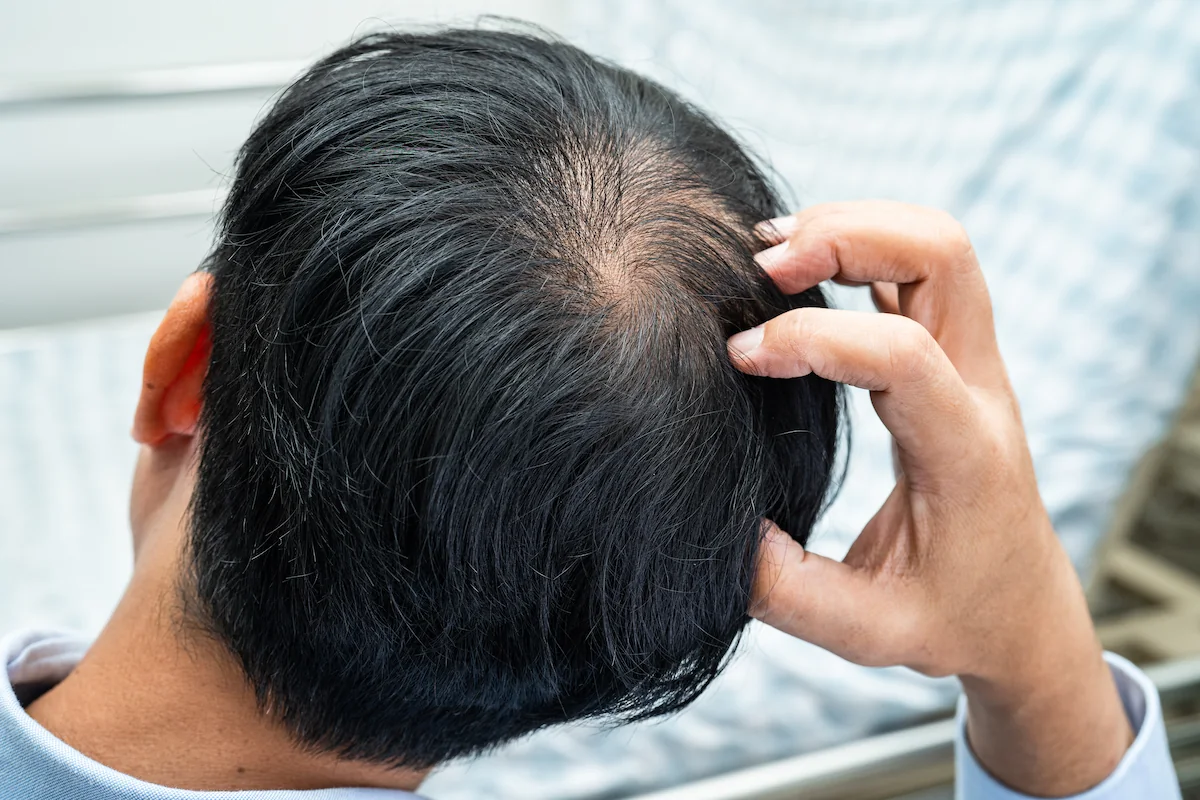
This refers to an excessive shedding of hair from the scalp. On average, individuals lose about 50-100 hairs daily, but consistently losing more than this may indicate a problem. Hair loss is often triggered by external factors such as stress, poor sleep, seasonal changes, nutritional deficiencies, or side effects from medications or treatments like chemotherapy. This type of hair loss is usually temporary, and hair can regrow normally once the underlying issue is resolved.
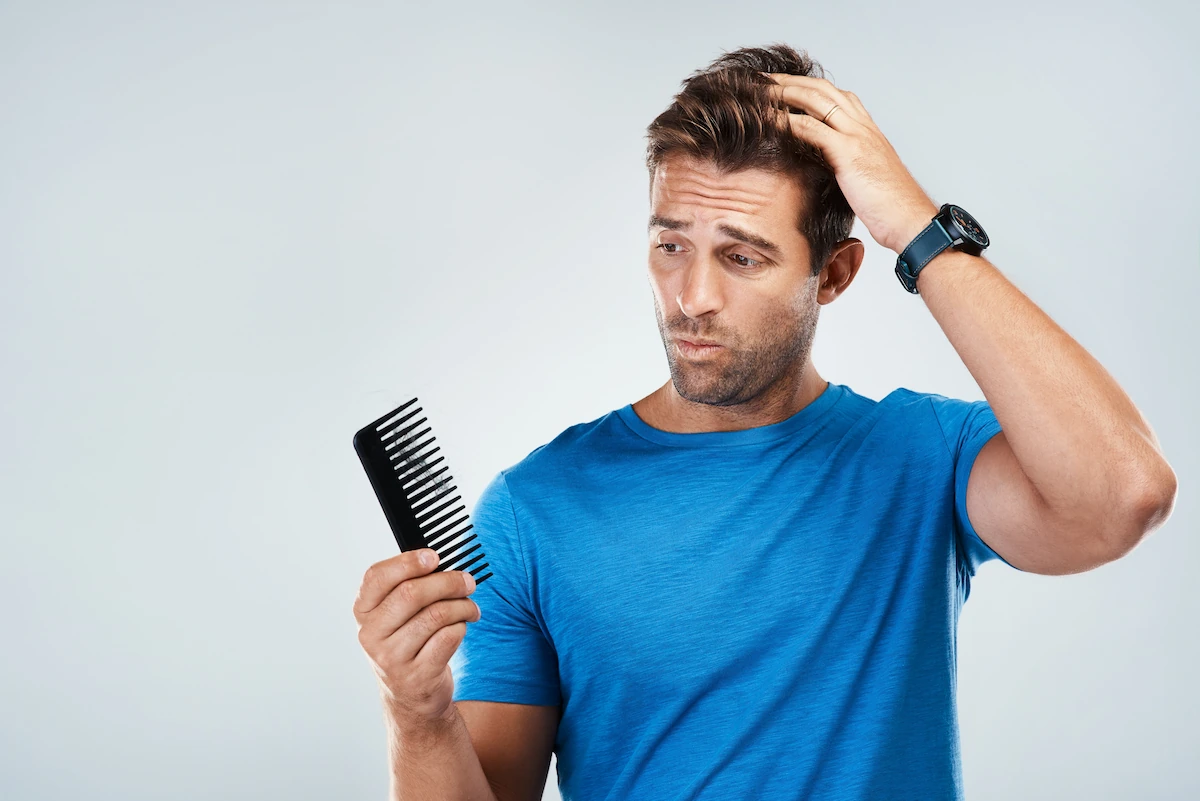
Distinguishing between "hair loss" and "thinning hair" is crucial for understanding the root cause of the problem and selecting the appropriate treatment, whether it involves lifestyle adjustments or consulting with a specialist before the condition worsens.
Understanding the difference between “hair loss” and “hair thinning” is crucial, as it helps pinpoint the root of the problem and allows for appropriate care or treatment—whether through lifestyle adjustments or consulting a medical professional before the condition worsens.
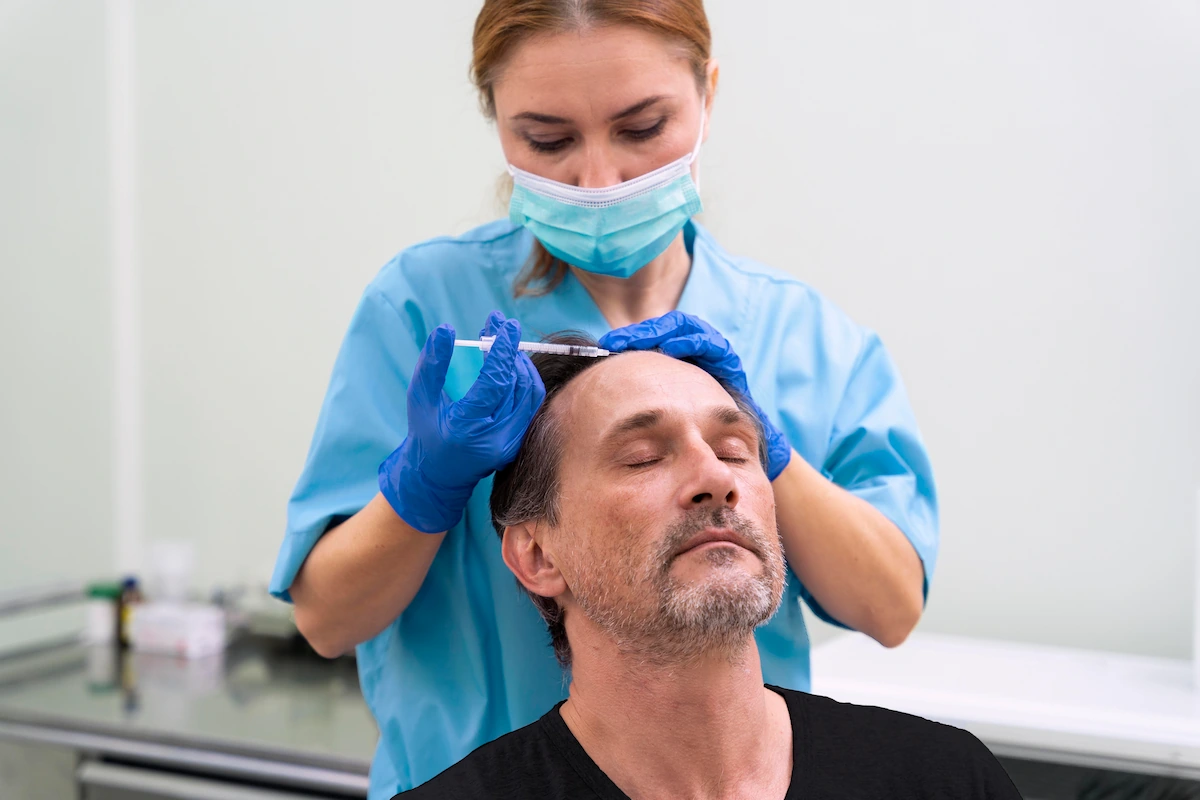
What are the Treatment Options?
Various treatments are available for “thinning hair,” tailored to the cause, severity, and lifestyle of each patient. These methods have different strengths and limitations, including:
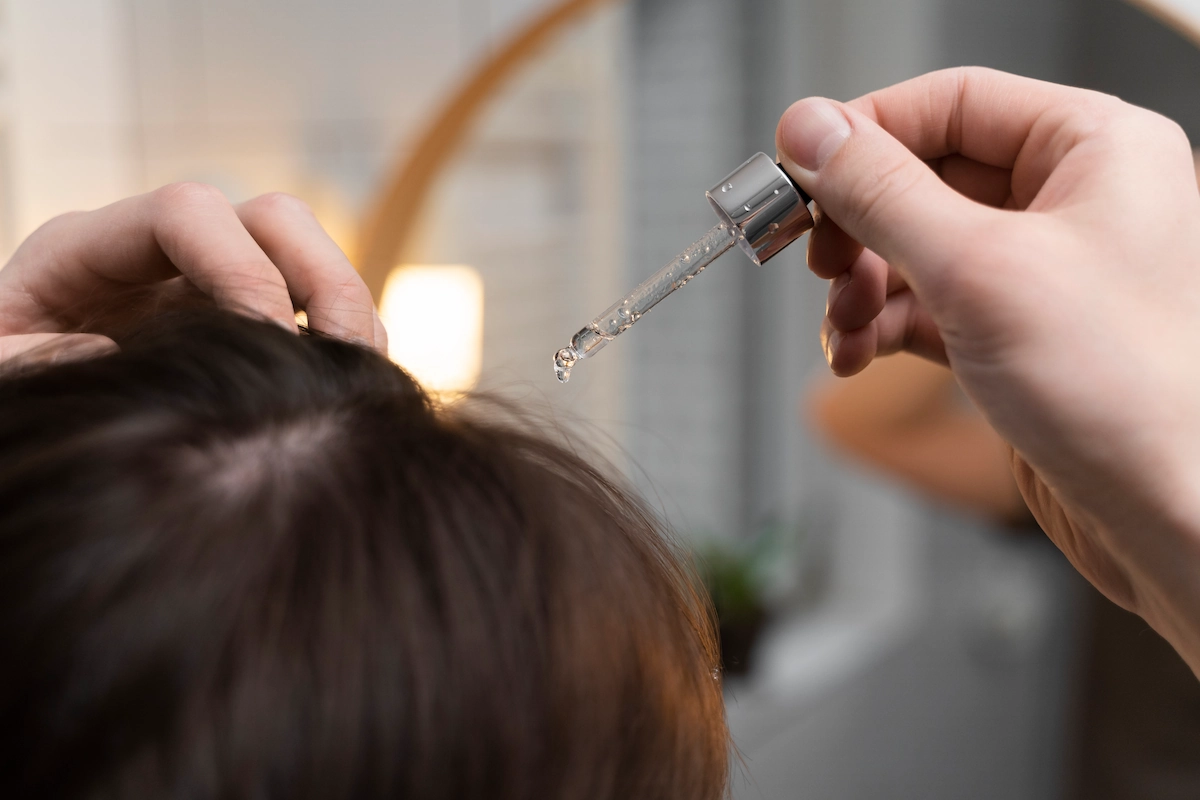
1 : Topical Treatments

2 : Oral Medications

3 : Low-Level Laser Therapy (LLLT)
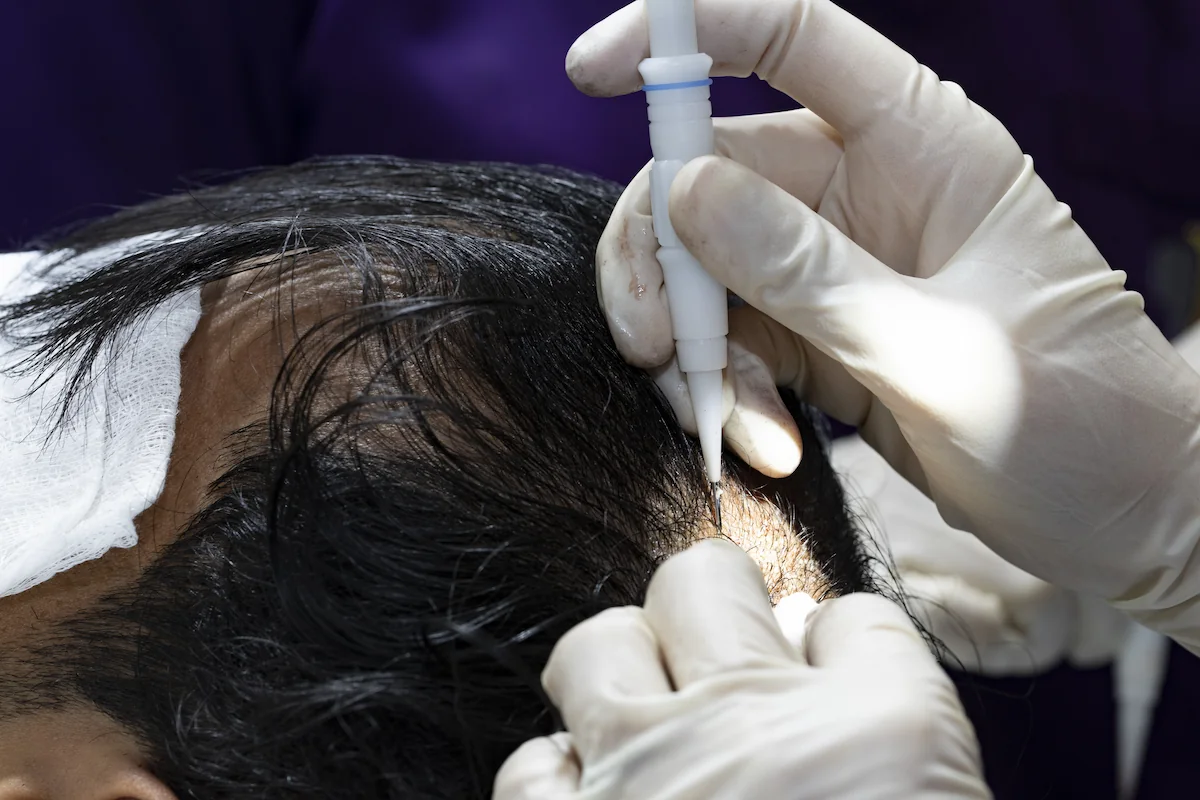
4 : DHI (Direct Hair Implantation)

5 : Wigs or Hairpieces
For cases where medication or laser therapy is ineffective, or for severe thinning, “DHI hair transplant” offers a comprehensive solution in terms of aesthetics, recovery ease, and long-term results, especially for those seeking a permanent solution.

Why Choose DHI Thailand?
When it comes to “permanent hair restoration” that is safe, natural-looking, and supported by a professional team from start to finish, “DHI Thailand” is a trusted clinic for both local and international patients. They specialize in “DHI hair transplant,” a modern technique developed from over 50 years of experience by DHI Global Medical Group.
DHI Thailand stands out for its Personalised Medical Approach, which involves tailoring treatment plans to each individual’s hair condition, scalp area, and desired outcomes. The goal is to achieve the best possible results for each patient, focusing on natural integration with their facial structure, lifestyle, and overall appearance.
Key Features of DHI Thailand
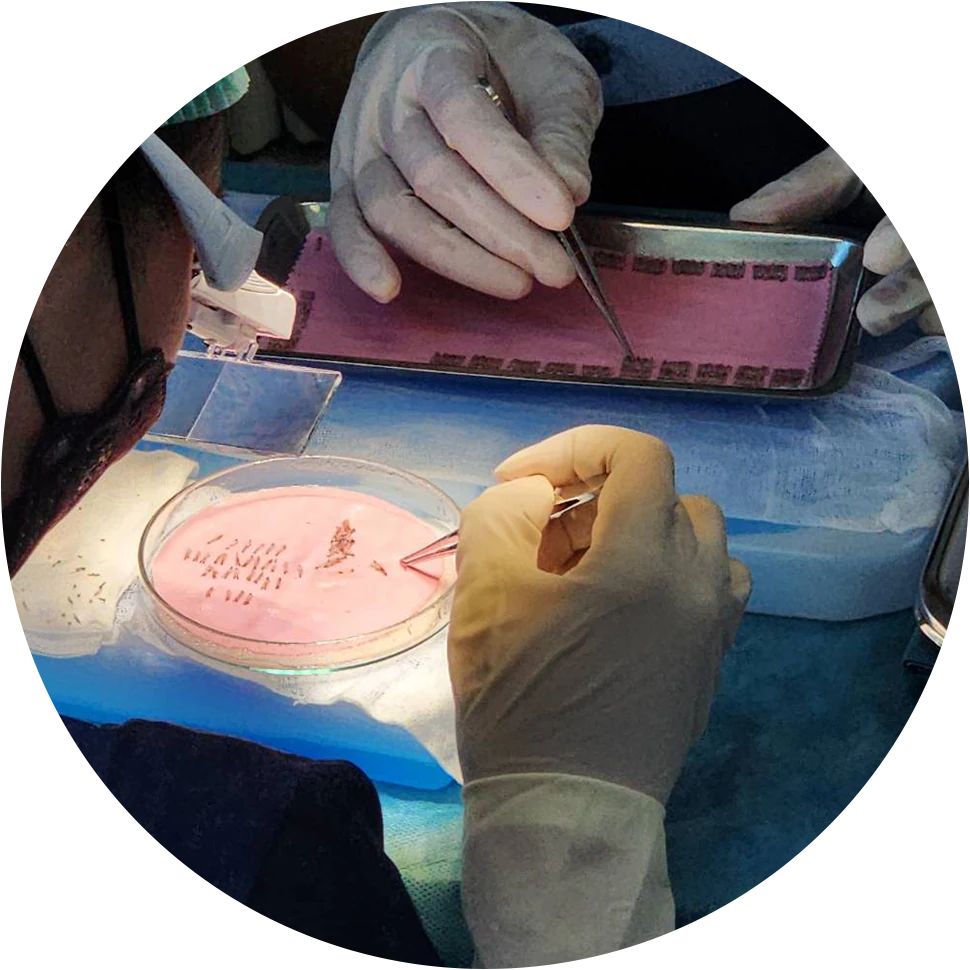
100% Genuine DHI Technique
Hair transplant without surgery, scarring, or the need to shave the entire head, ideal for women or those who prefer not to alter their appearance during recovery.
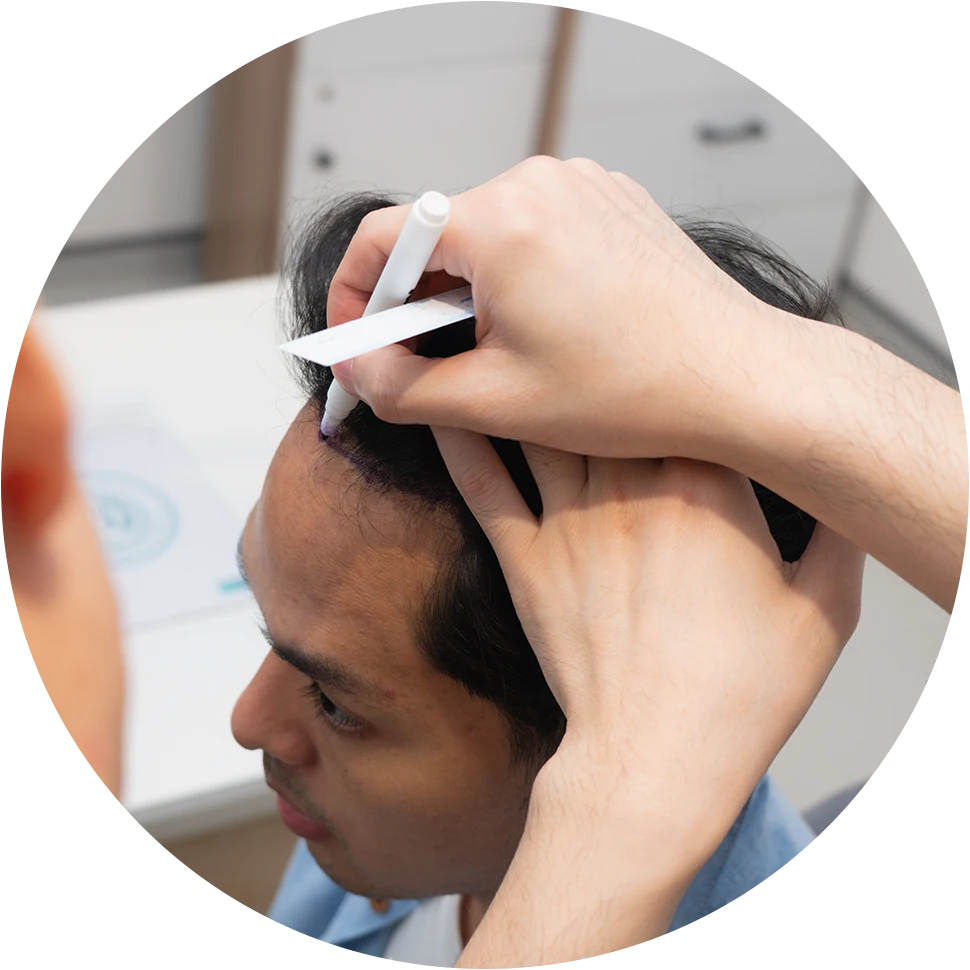
Personalized Hairline Design: Doctors design new hairlines to complement the patient’s facial features, ensuring a soft and natural blend with existing hair.

Guaranteed Follicle Quality: Every hair transplant case at DHI includes precise follicle counting and quality control from extraction to implantation and post-treatment care.
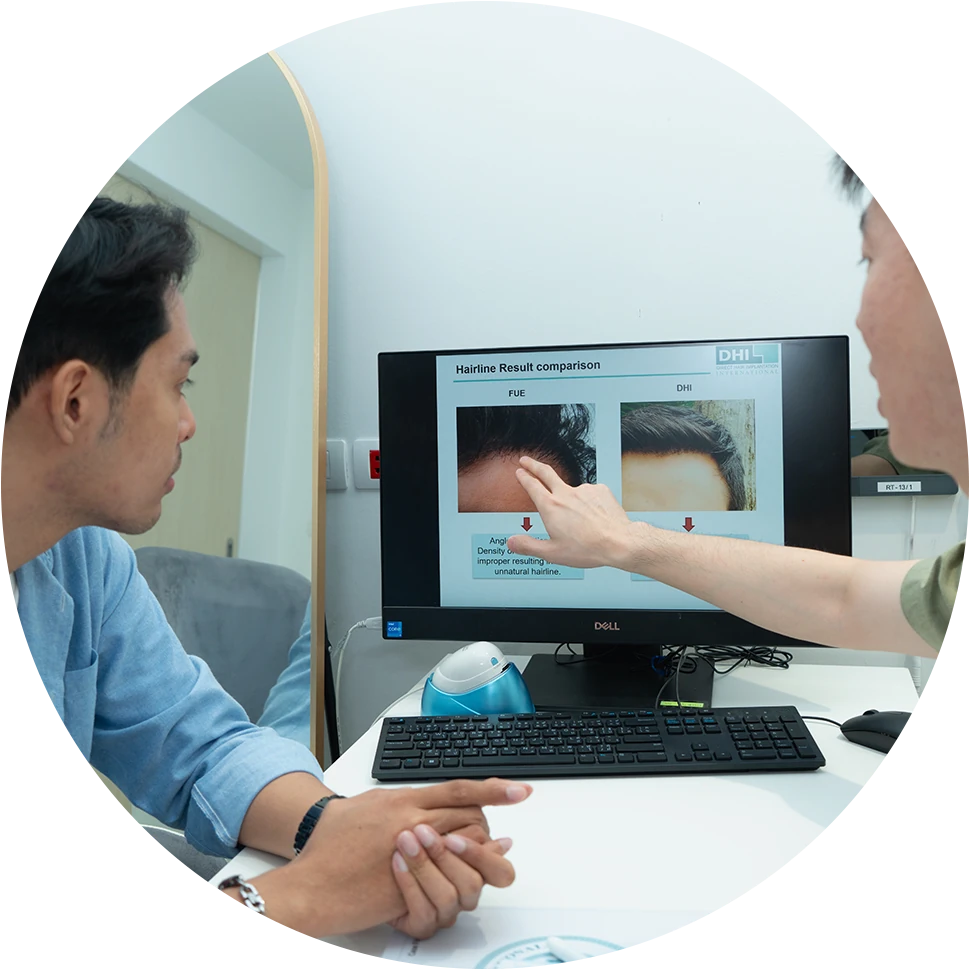
Dedicated Post-Treatment Care Team: A specialized team provides guidance and monitors recovery closely, ensuring optimal hair growth.
If you are experiencing “thinning hair” due to genetics, hormones, or other factors, and it’s affecting your self-esteem, “DHI hair transplant” is a reliable option. It not only enhances your appearance but also represents a long-term investment in your hair health. With a safe, non-surgical technique that leaves no scars and delivers natural-looking results, DHI Thailand’s expert medical team is ready to provide personalized care for both women and men seeking to restore their confidence. Start with a consultation today to explore your options and plan your journey to healthier, fuller hair.
Others Sevice
Comprehensive hair care solutions tailored to meet all your needs.
Expert-driven solutions in hair restoration, transplantation, and comprehensive hair loss treatments for men and women.”
effective hair root stimulation, and solve thinning hair problems with hair root stimulation treatment.
DHI leads in hair restoration with 97% survival and 100% natural results worldwide.
Eyebrows protect the eyes and define expression and appearance.


